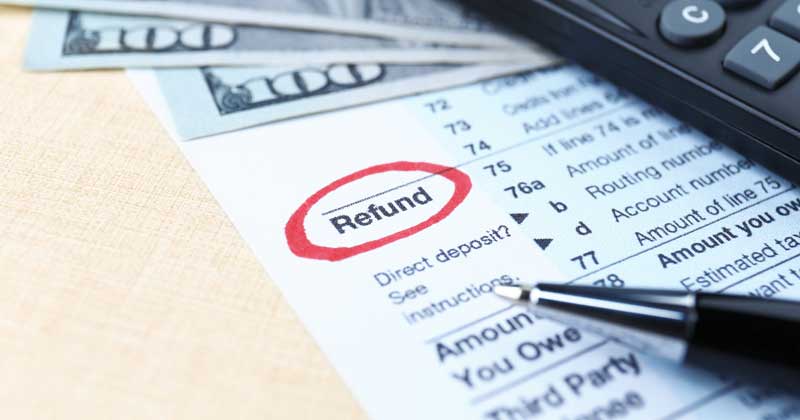When people get ready to file their federal tax returns there are new things to consider when it comes to which credits to claim and what deductions to take. These things can affect the size of any refund the taxpayer may receive.
Here are some new key things people should consider when filing their 2020 tax returns.
Recovery Rebate Credit

Taxpayers may be able to claim the recovery rebate credit if they met the eligibility requirements in 2020 and one of the following applies to them:
- They didn’t receive an Economic Impact Payment in 2020.
- They are single and their payment was less than $1,200.
- They are married, filed jointly for 2018 or 2019 and their payment was less than $2,400.
- They didn’t receive $500 for each qualifying child.
Refund Interest Payment
People who received a federal tax refund in 2020 may have been paid interest. The IRS sent interest payments to individual taxpayers who timely filed their 2019 federal income tax returns and received refunds. Most interest payments were received separately from tax refunds. Interest payments are taxable and must be reported on 2020 federal income tax returns. In January 2021, the IRS will send a Form 1099-INT, Interest Income, to anyone who received interest of at least $10.
New Charitable Deduction Allowance
New this year, taxpayers who don’t itemize deductions can take a charitable deduction of up to $300 for cash contributions made in 2020 to qualifying organizations. For more information, people should review Publication 526, Charitable Contributions.
Other Refund-Related Reminders
- Taxpayers shouldn’t rely on receiving a refund by a certain date, especially when making major purchases or paying bills. Some tax returns may require additional review and processing may take longer.
- Refunds for taxpayers claiming the earned income tax credit or additional child tax credit can’t be issued before mid-February. This applies to the entire refund, not just the portion associated with this credit.
- The fastest and most secure way to receive a refund is to combine direct deposit with electronic filing. Taxpayers can track the status of their refund using the Where’s My Refund? tool.
